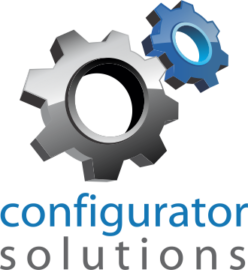Pump calc software is a powerful tool used by engineers and technicians in the pump industry to design and optimize various types and subtypes of pumps. This software program has revolutionized the way pumps are selected, designed, and analyzed for specific applications. In this blog post, we will discuss the different types and subtypes of pumps, industry-recognized standards, and the benefits of using pump calc software.
Types and Subtypes of Pumps:
There are several types and subtypes of pumps used in various industries. Here are the most common types and subtypes of pumps:
1) Centrifugal pumps: These pumps are used to move fluids through a system using centrifugal force. They are commonly used in water treatment plants, power plants, and other industrial applications.
Subtypes include:
End suction pumps
Horizontal split case pumps
Vertical turbine pumps
Multistage pumps
2) Positive displacement pumps: These pumps use a mechanism to trap fluid and then push it through the system. They are commonly used in oil and gas, chemical, and food processing industries.
Subtypes include:
Rotary pumps (e.g., gear, vane, and screw pumps)
Reciprocating pumps (e.g., piston and diaphragm pumps)
3) Submersible pumps: These pumps are designed to operate underwater and are commonly used in wastewater treatment plants, aquariums, and other aquatic applications.
Industry-Recognized Standards:
The pump industry is subject to several industry-recognized standards that ensure the quality, safety, and efficiency of pumps. Here are some of the most important standards:
ASME (American Society of Mechanical Engineers) B73.1: This standard specifies the requirements for horizontal end suction centrifugal pumps.
API (American Petroleum Institute) 610: This standard specifies the requirements for centrifugal pumps used in the petroleum, petrochemical, and natural gas industries.
ISO (International Organization for Standardization) 5199: This standard specifies the requirements for metallic end suction centrifugal pumps.
Benefits of Pump Calc Software:
1) Faster Design: Pump calc software enables engineers to design and customize pumps quickly and efficiently, saving time and increasing productivity.
2) Improved Accuracy: These software programs provide accurate data and simulations, ensuring that the designed pump meets the desired specifications.
3) Cost Savings: Pump calc software helps reduce the overall cost of pump design and production by eliminating errors and optimizing the design for maximum efficiency.
Increased Flexibility: With pump calc software, engineers can easily modify and customize pump designs to meet the changing requirements of different applications.
Please visit https://lnkd.in/g2yUqKBN or contact solutions@configuratorsolutions.com for requirements and CPQ demonstration.
